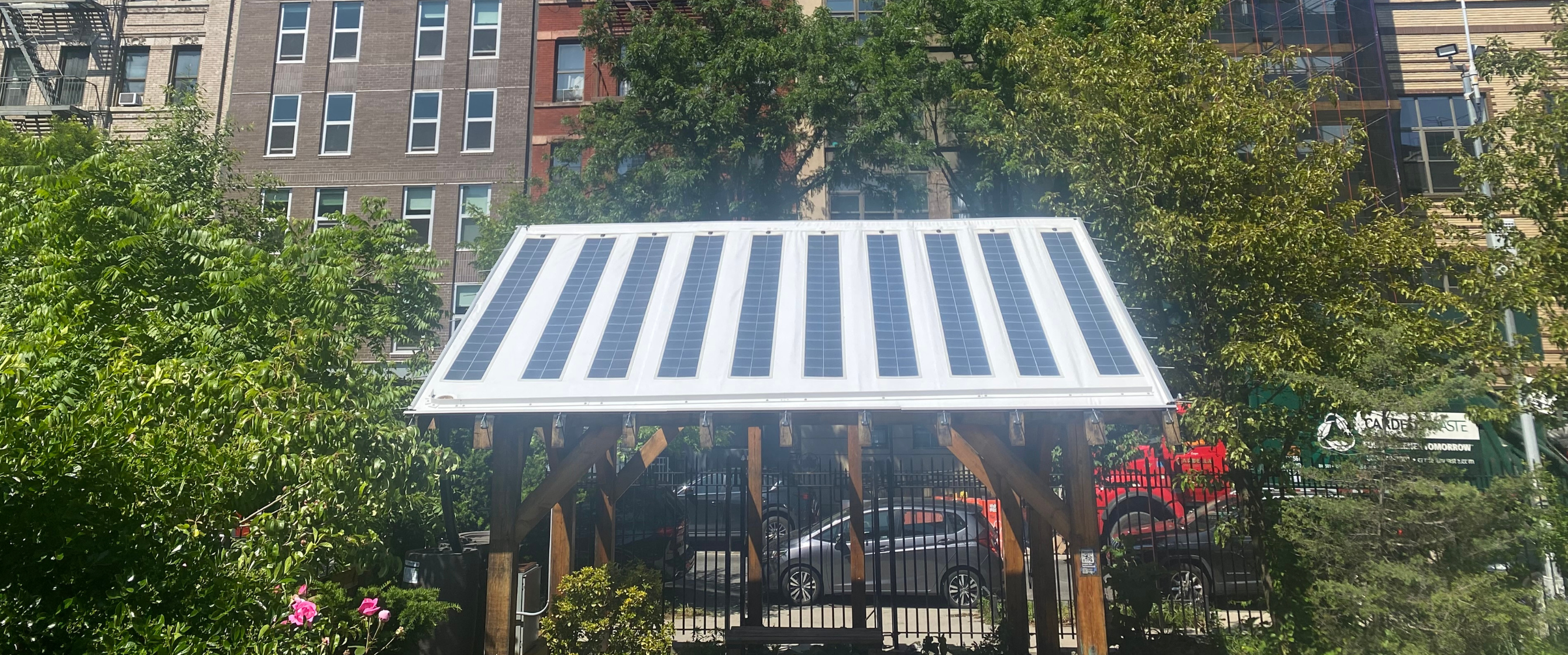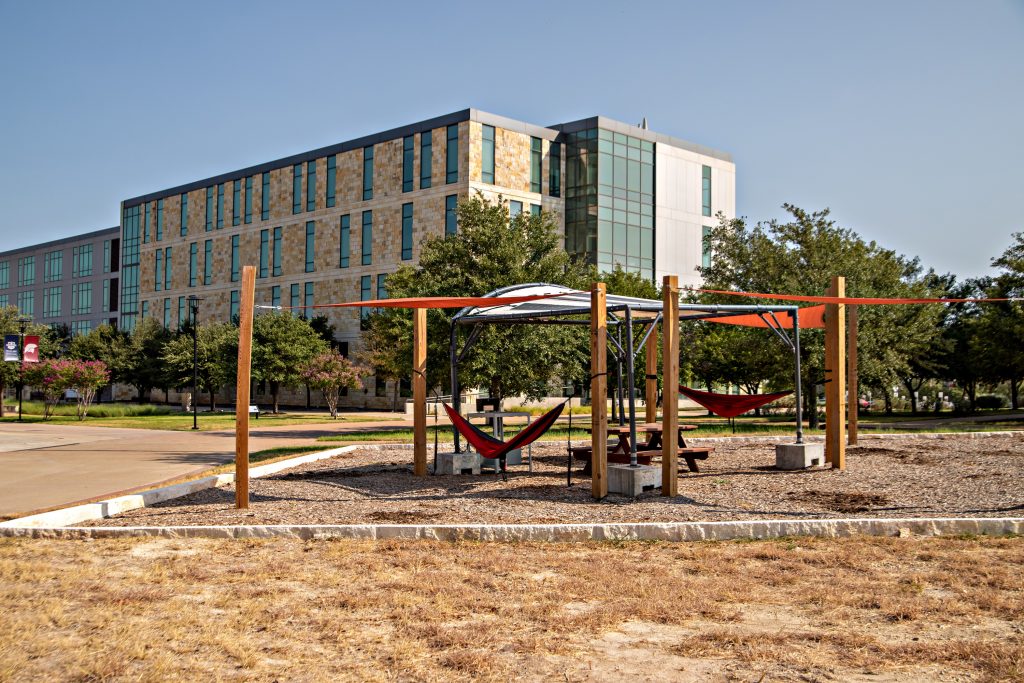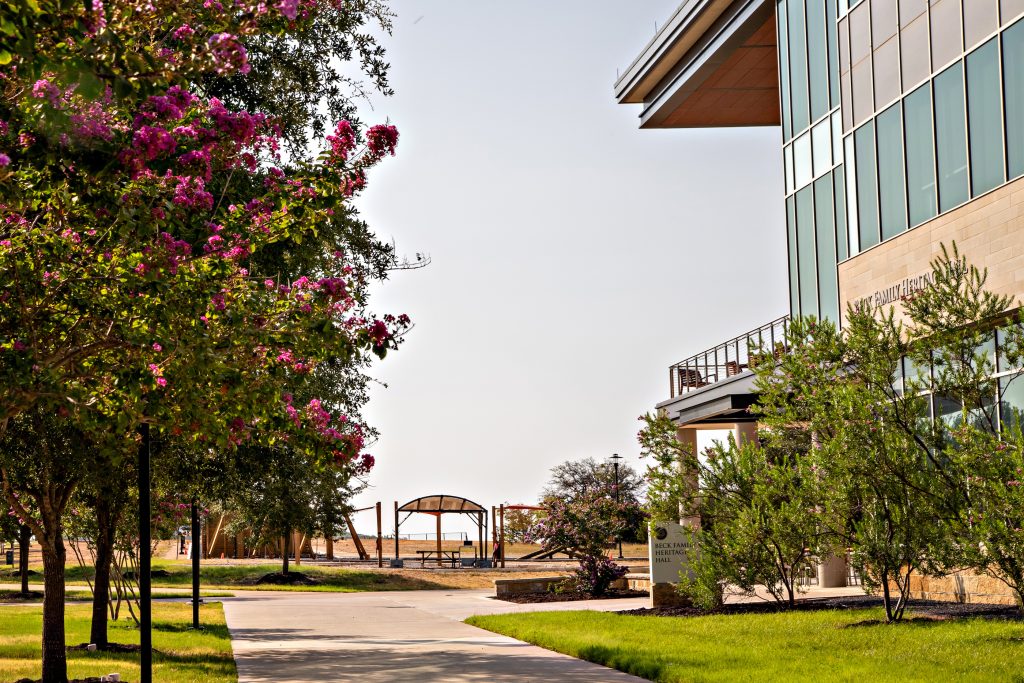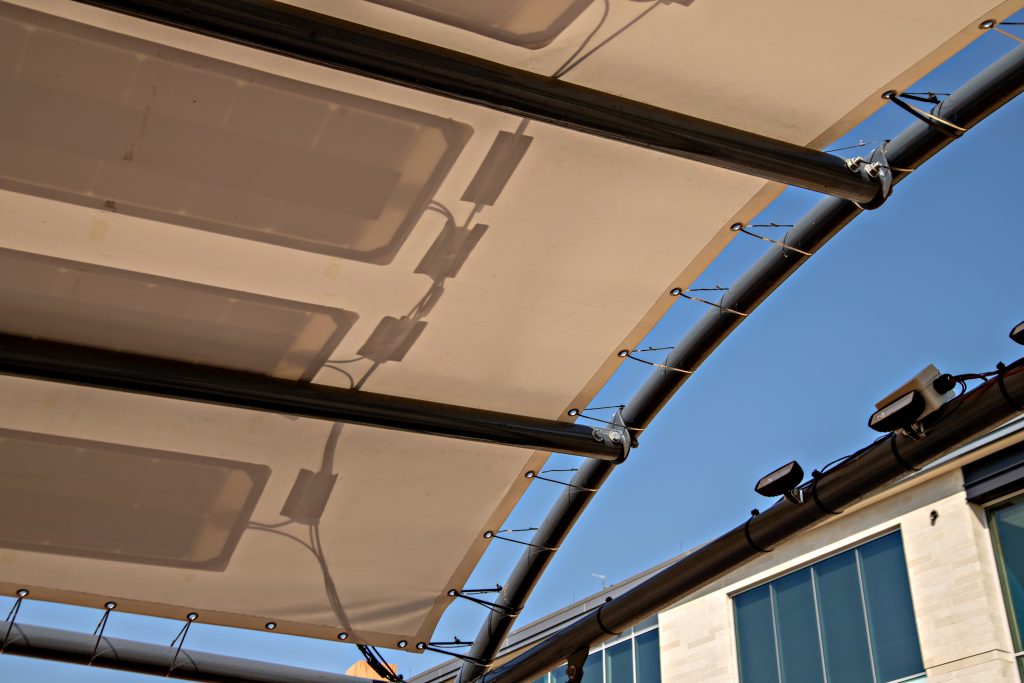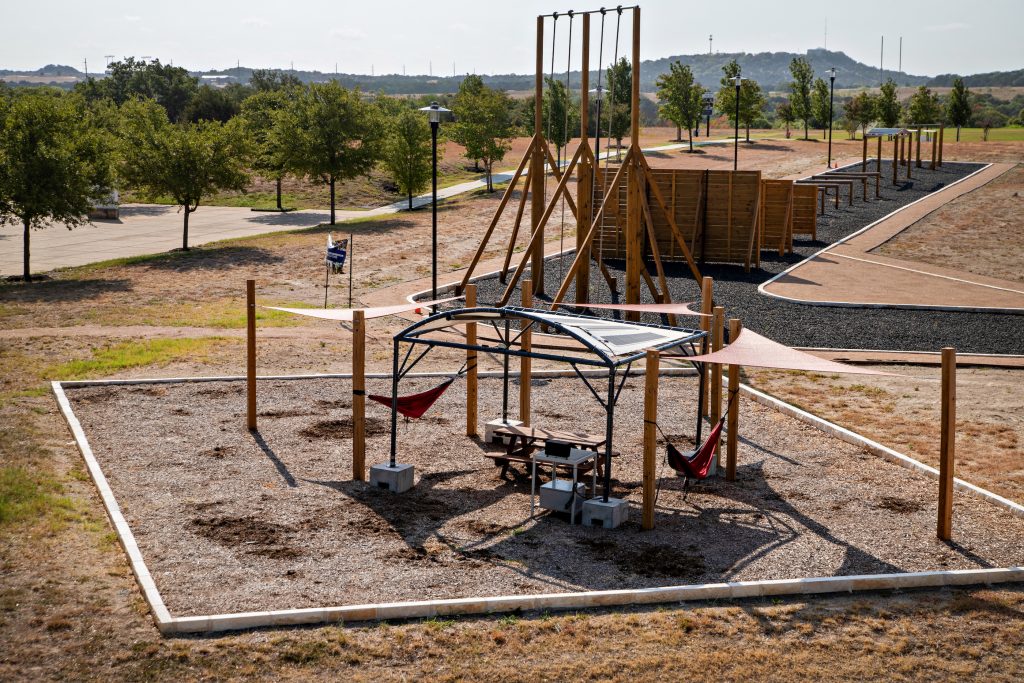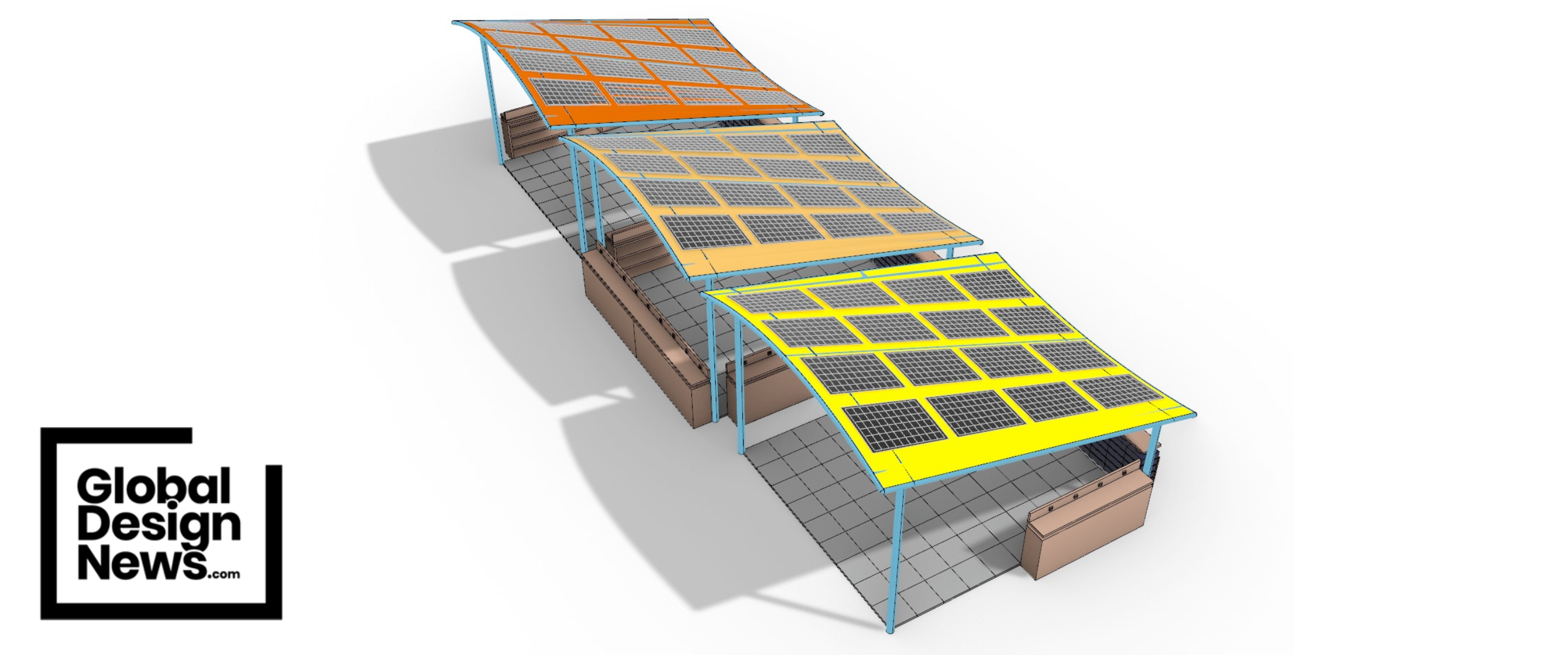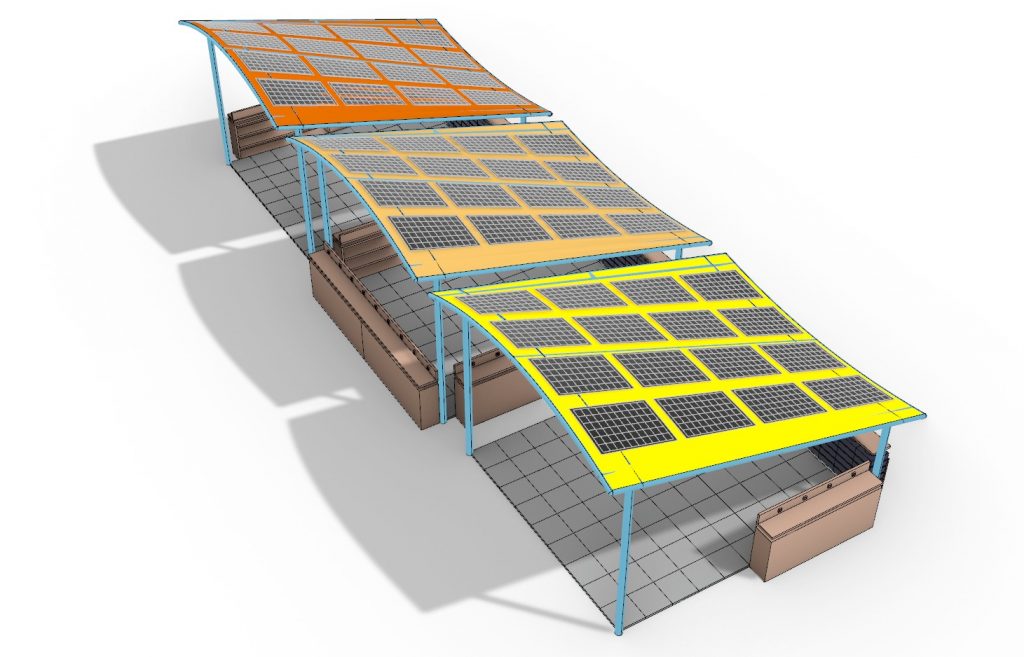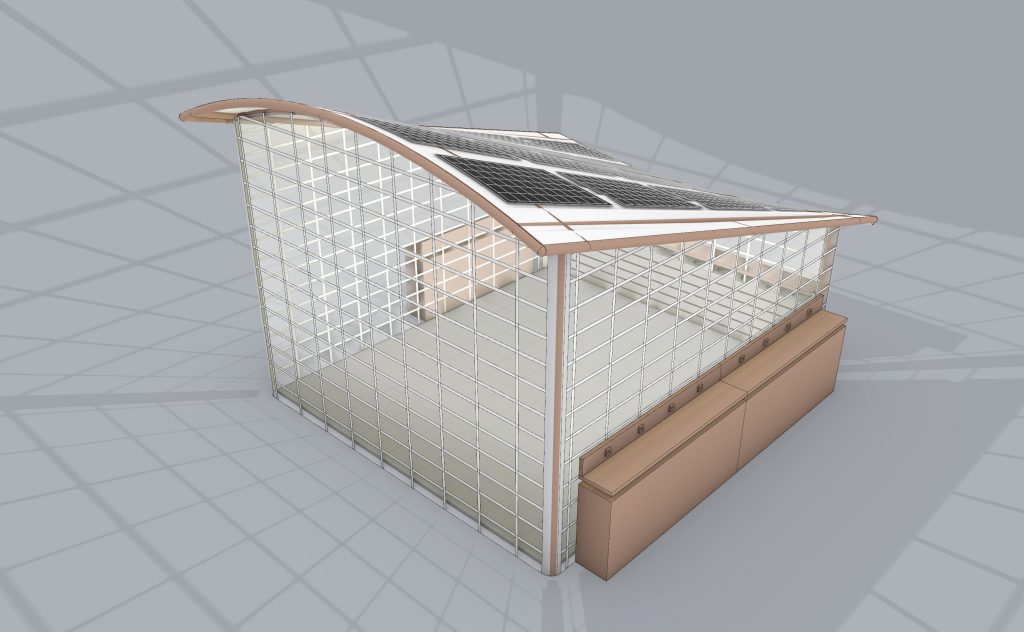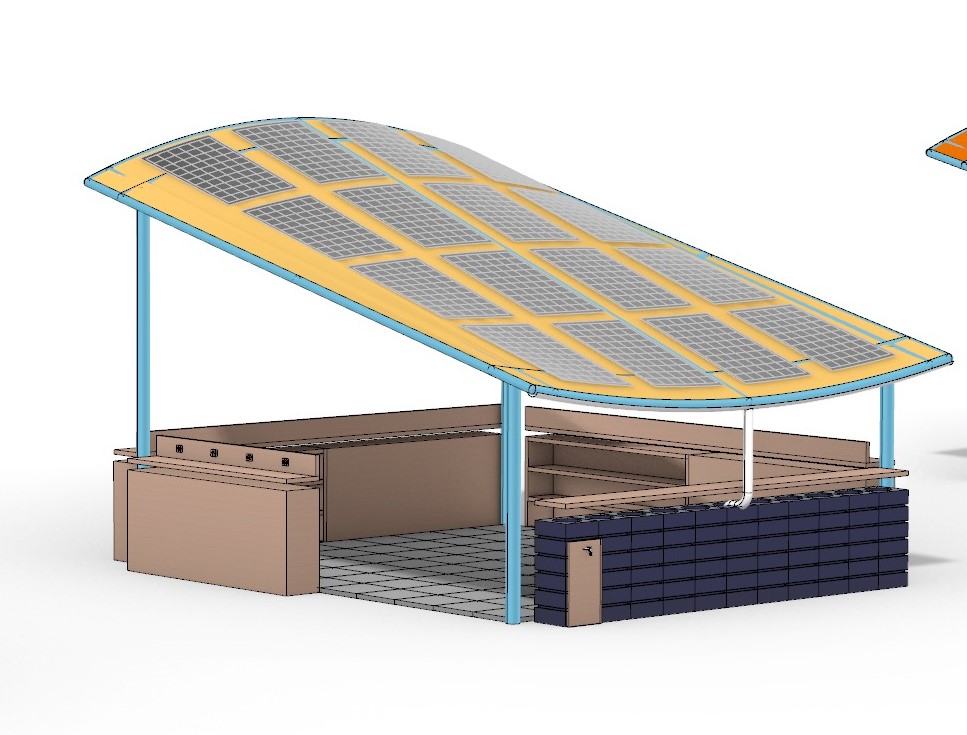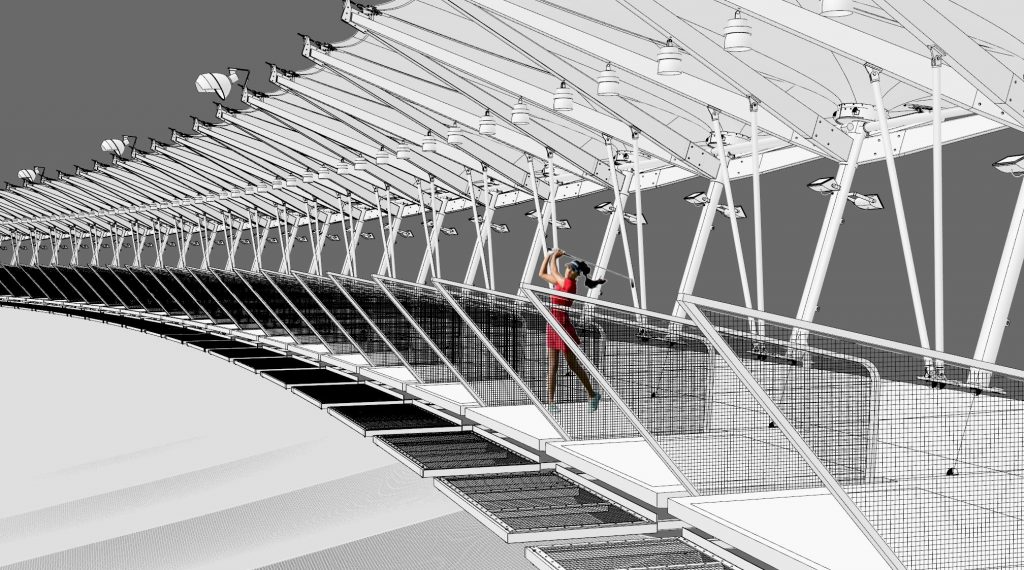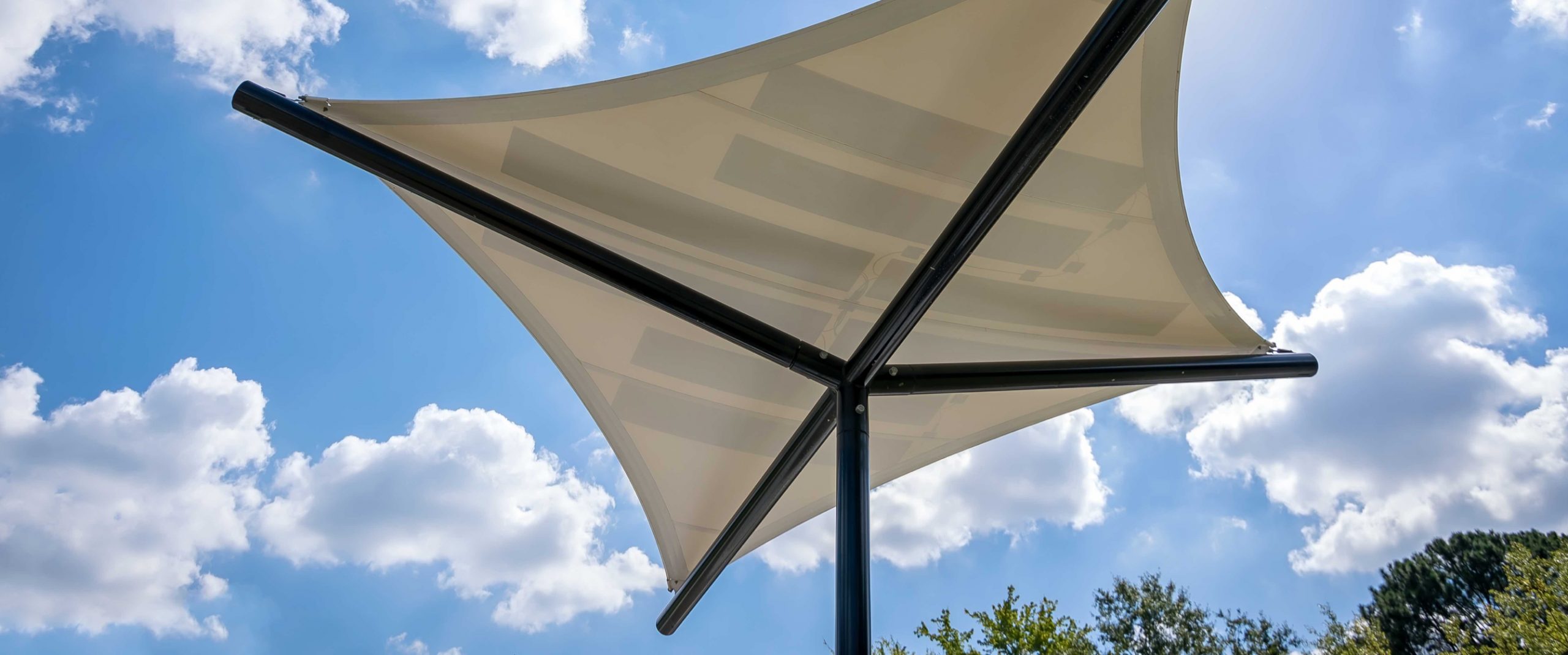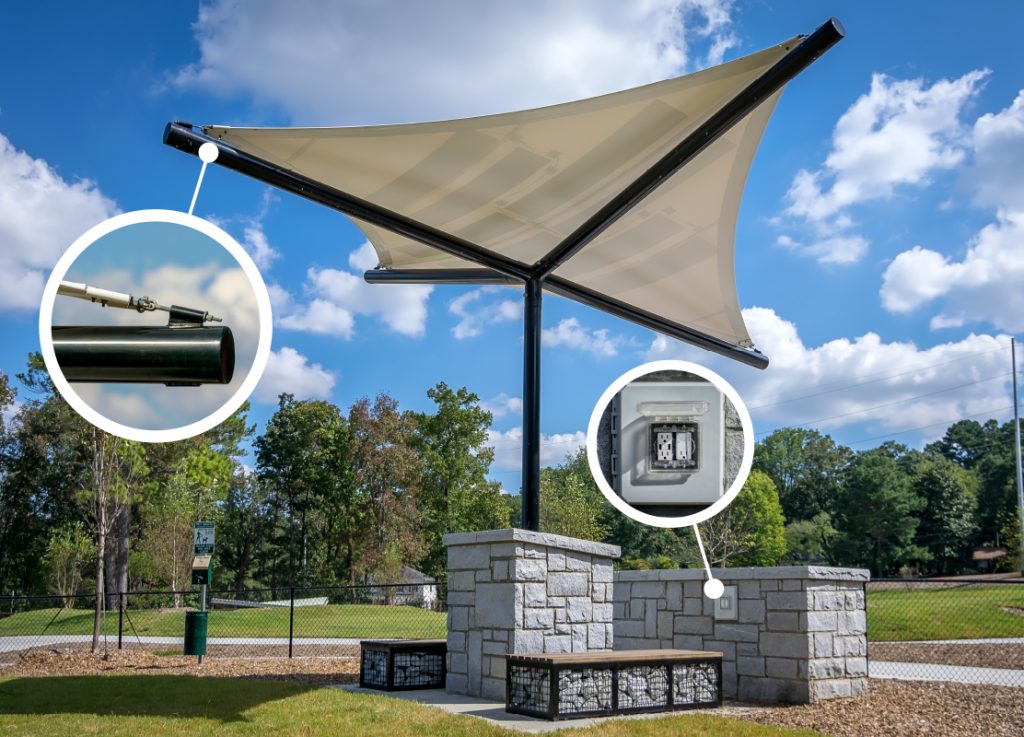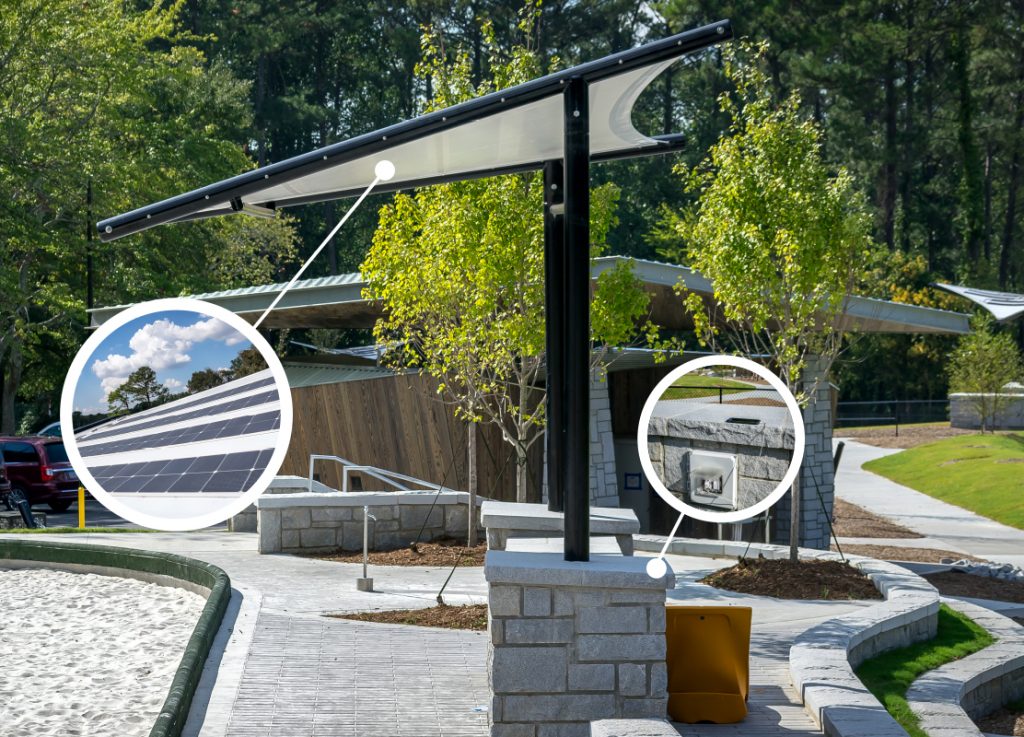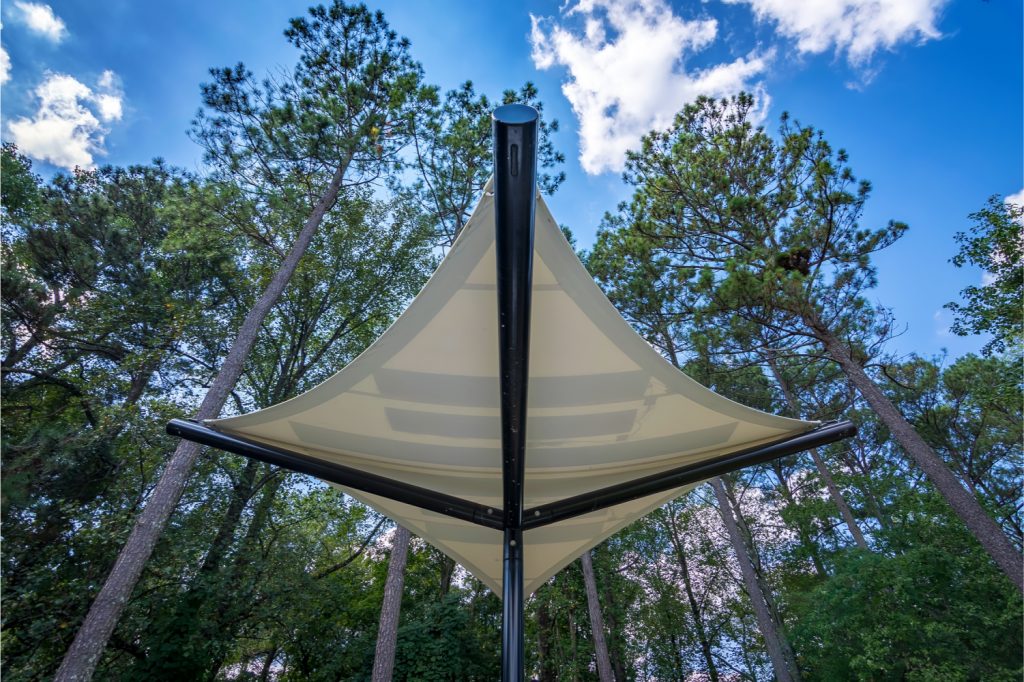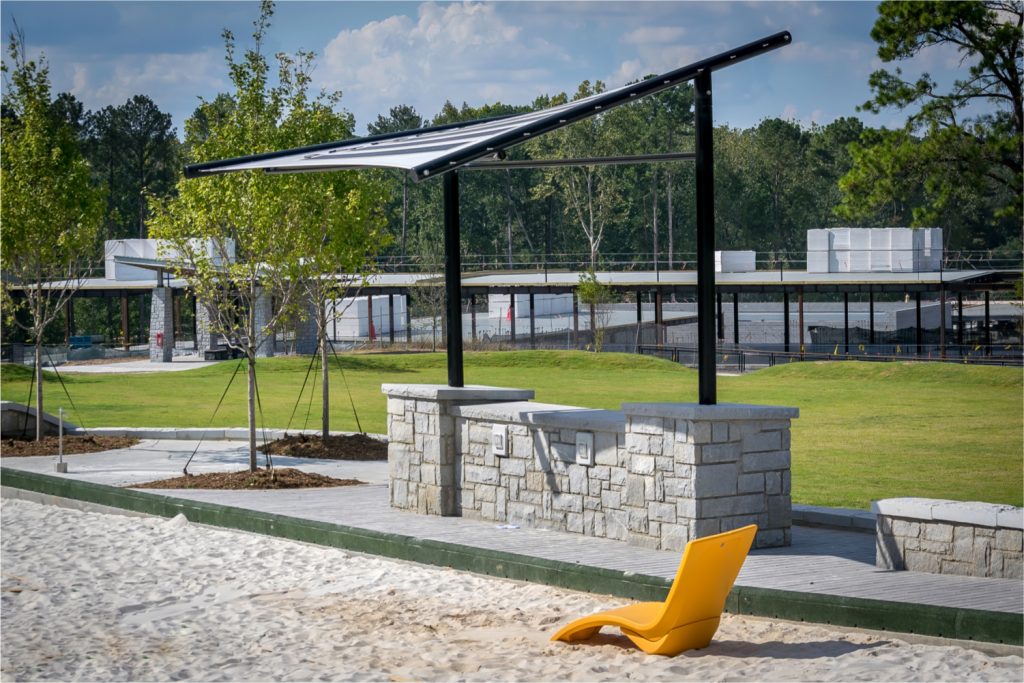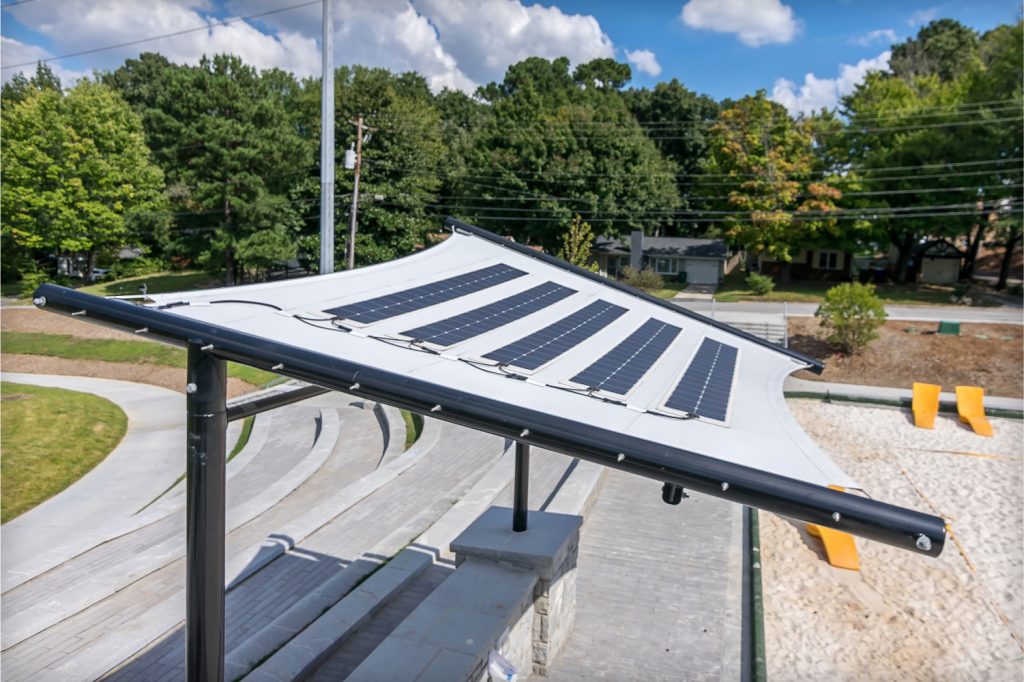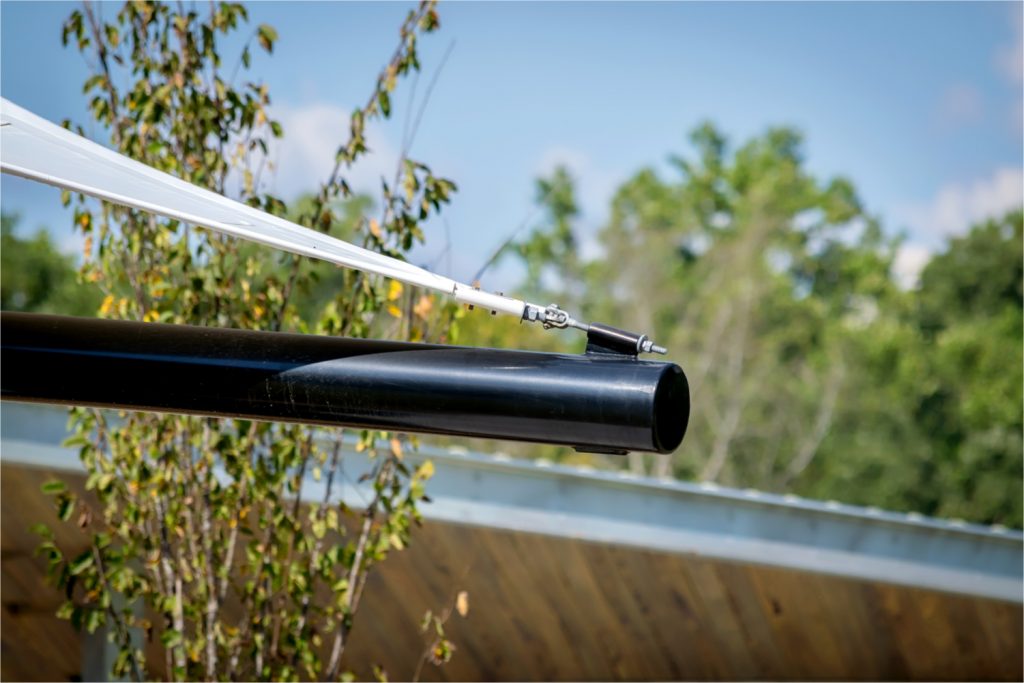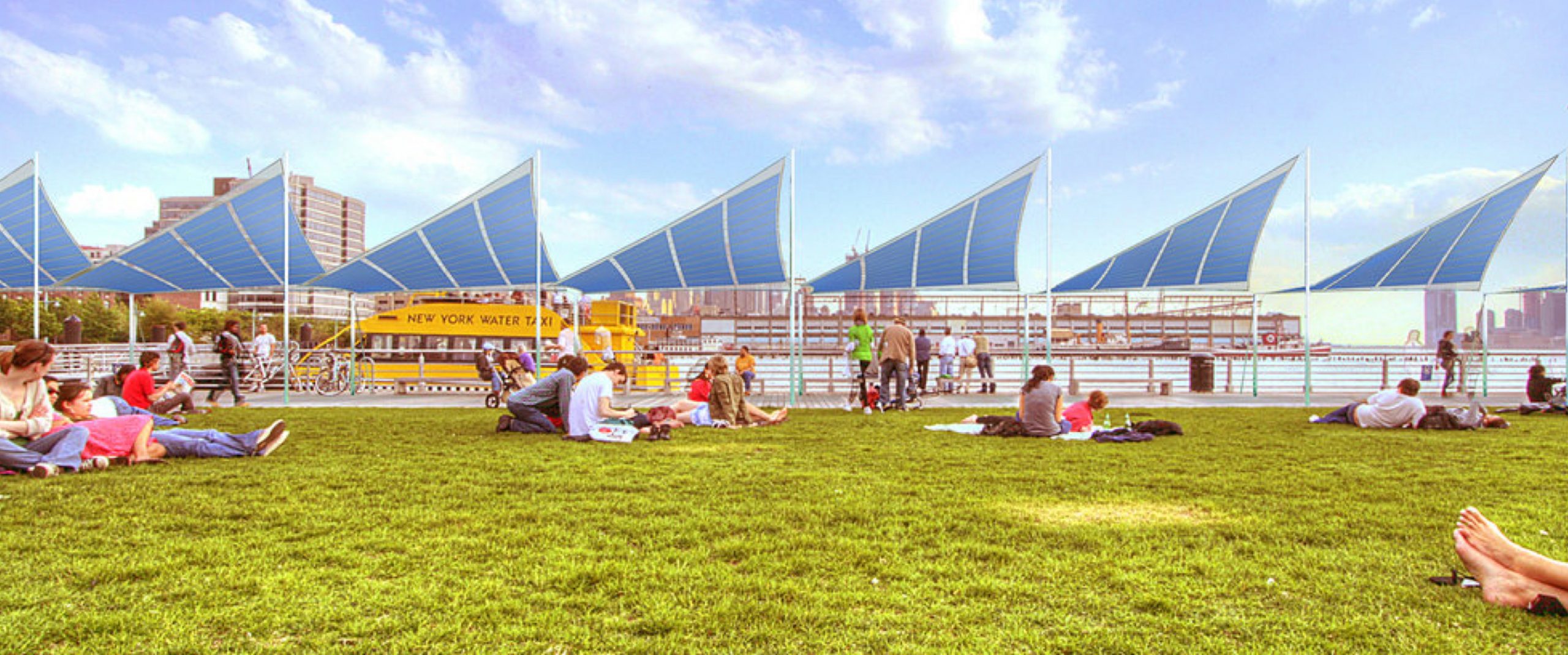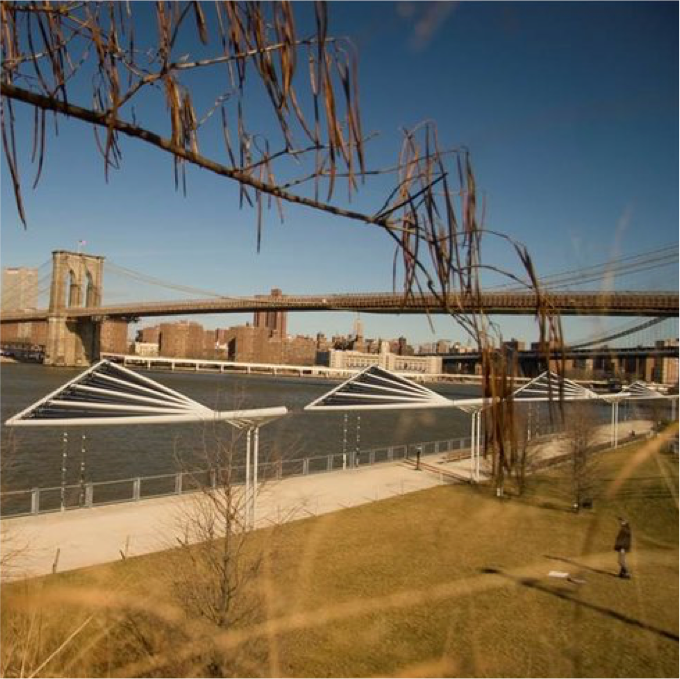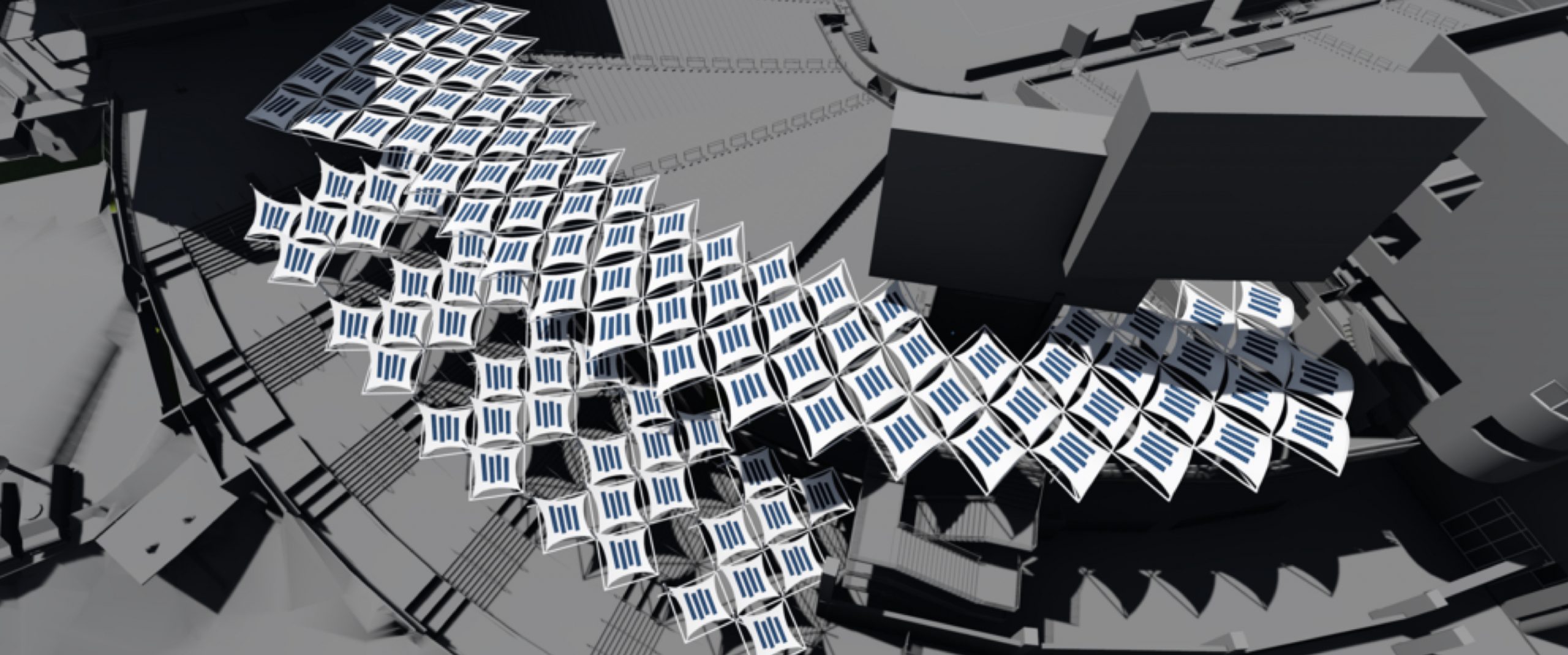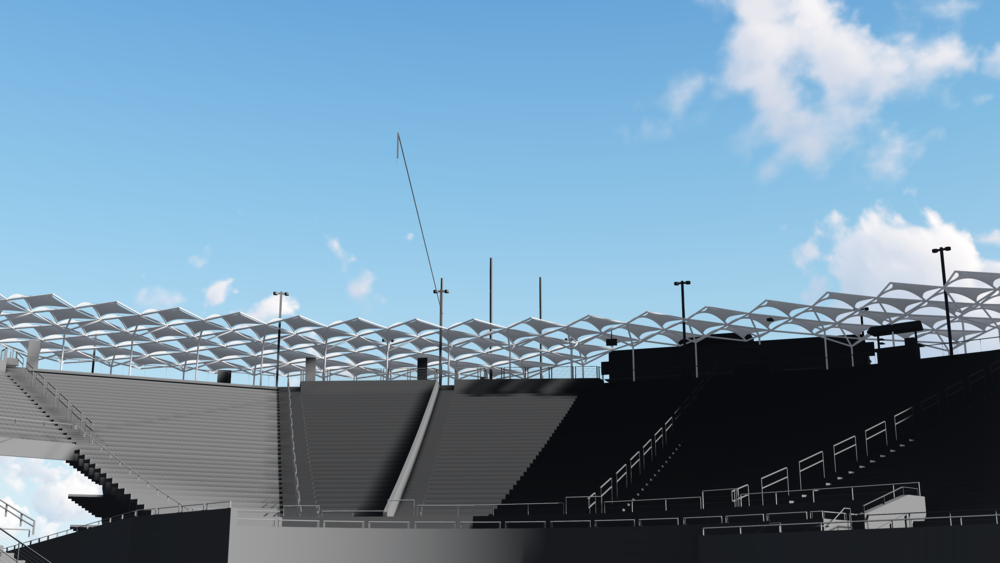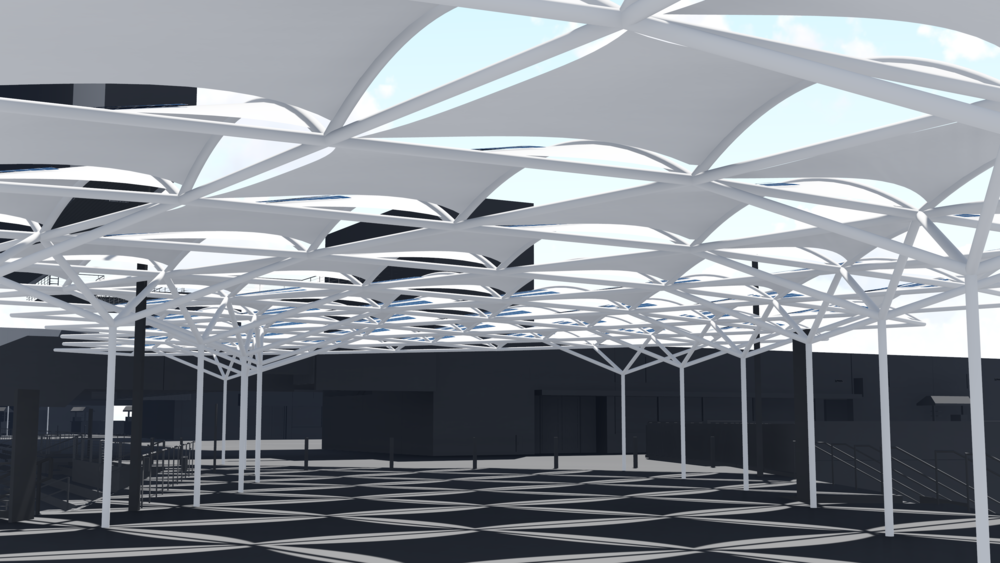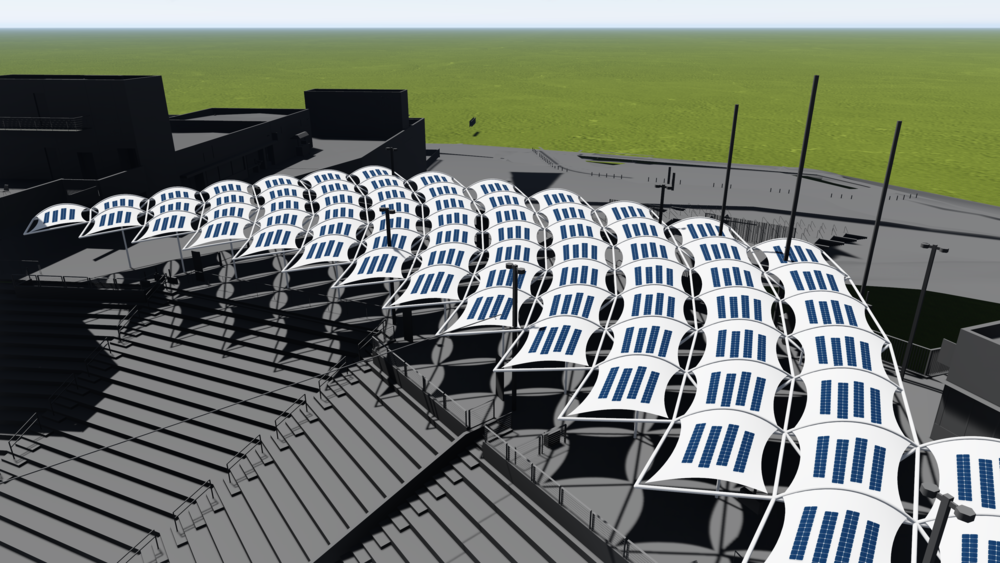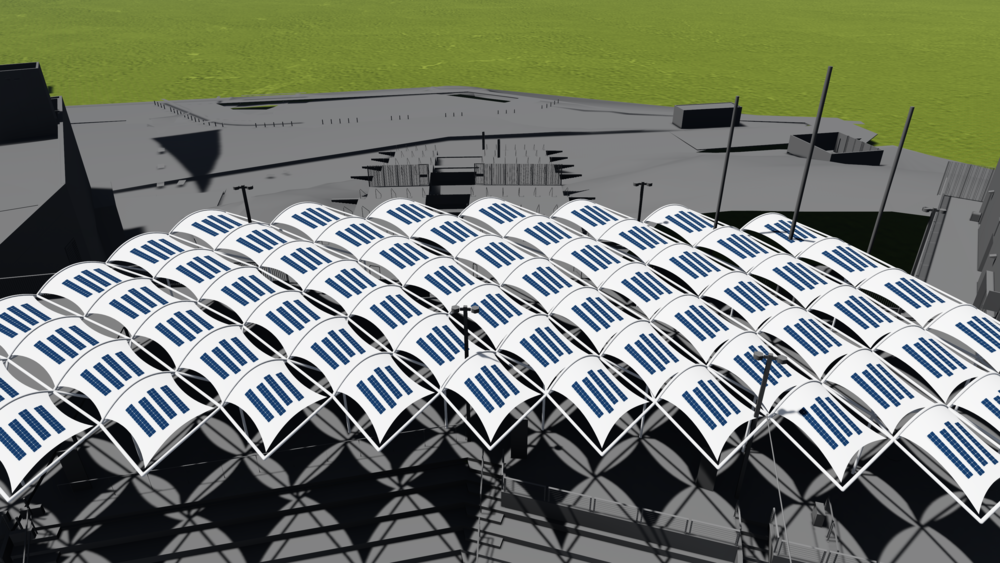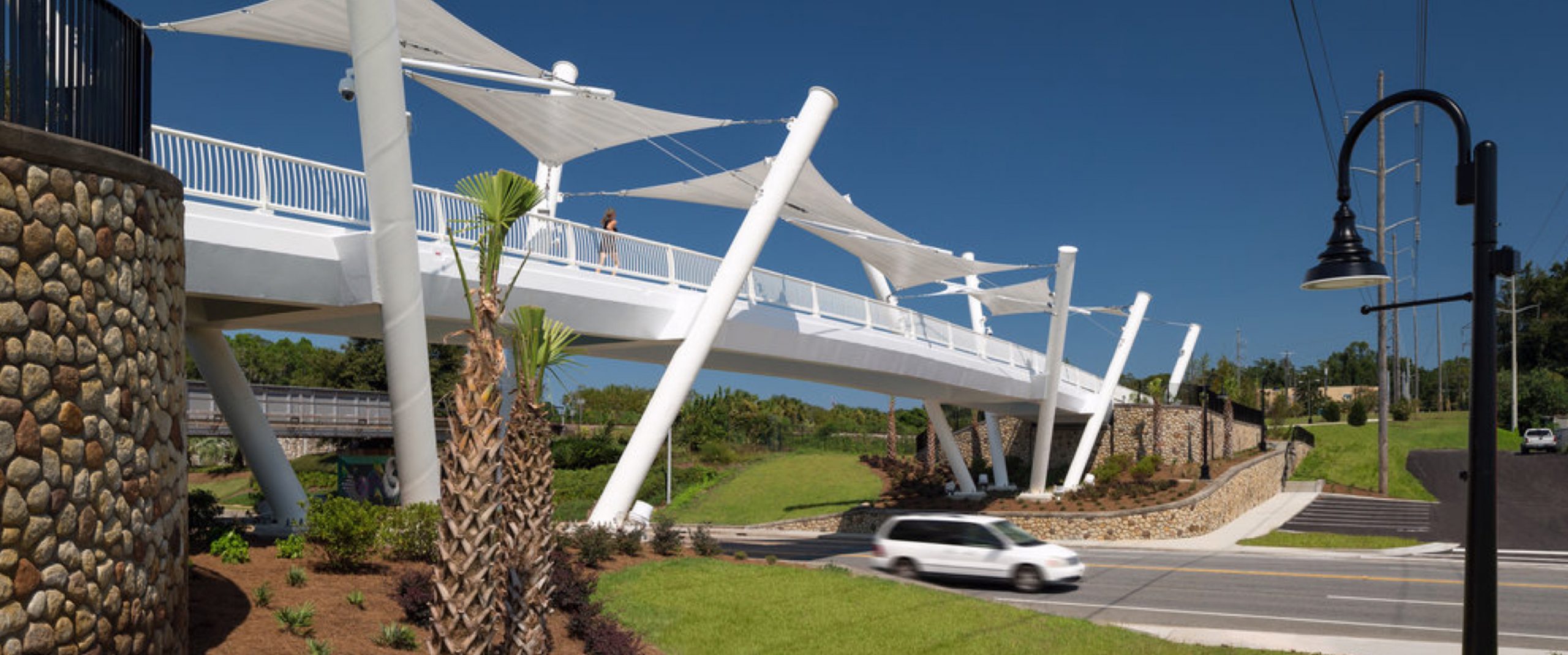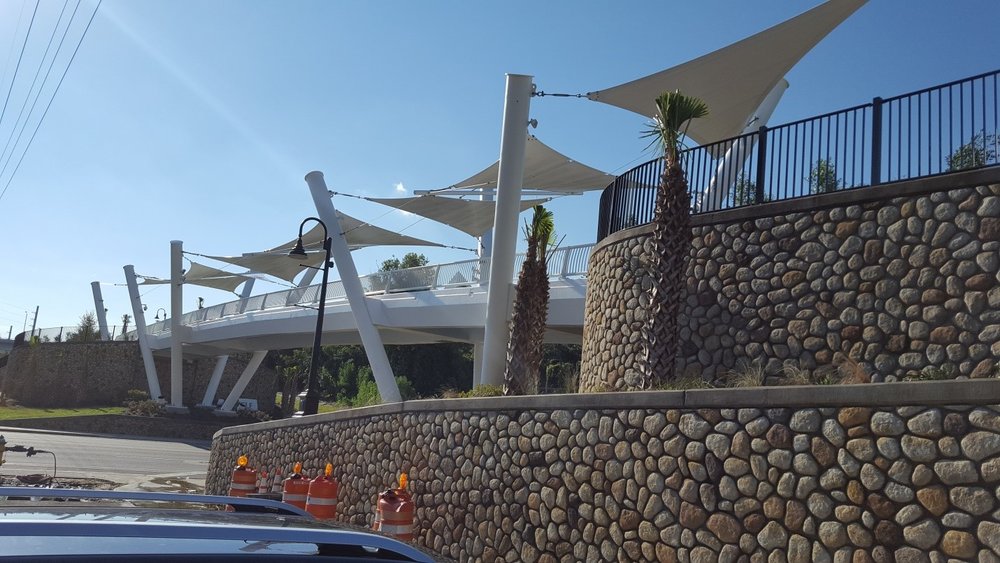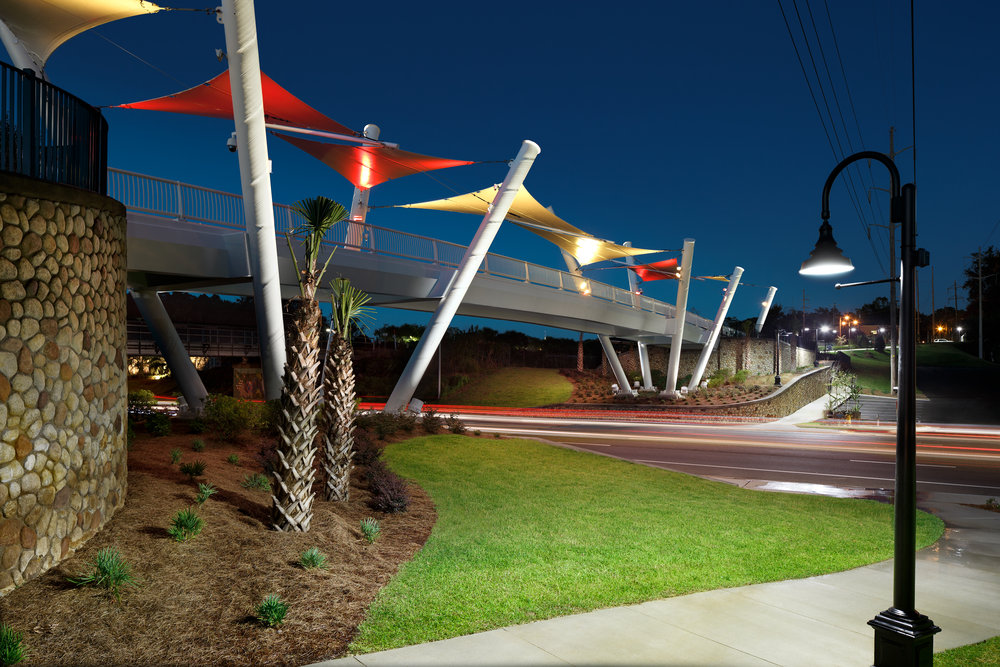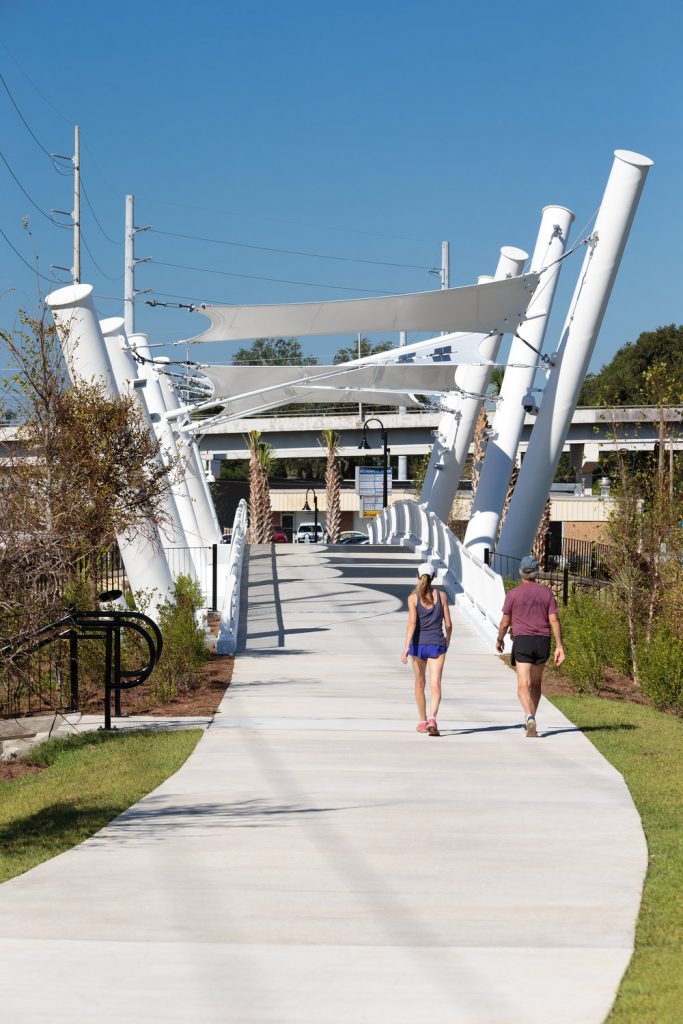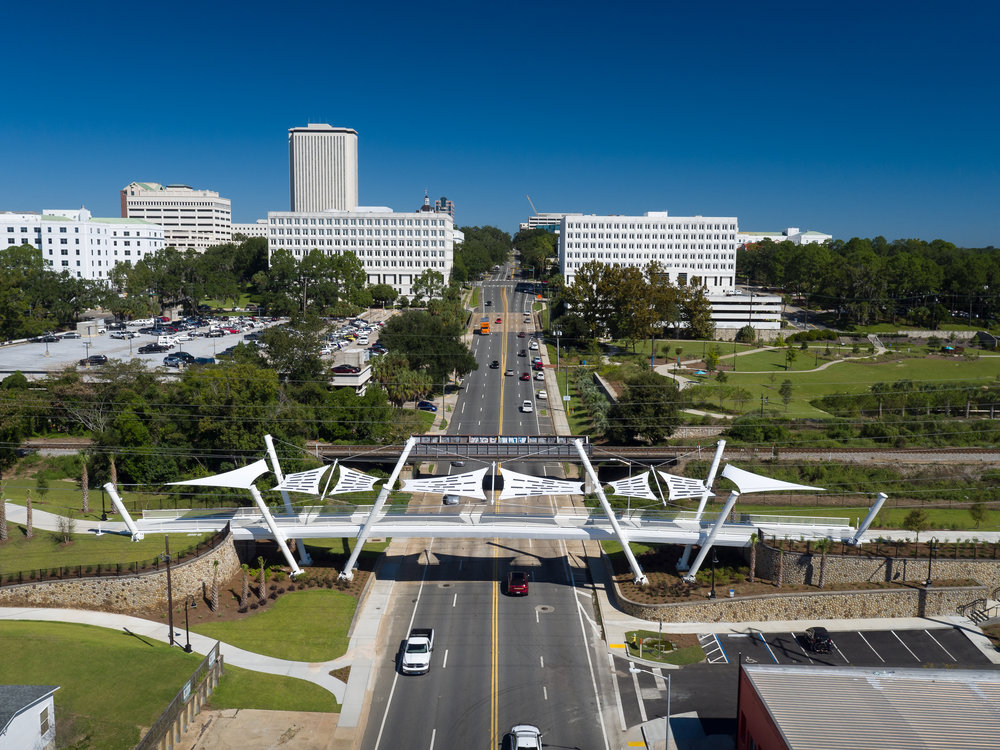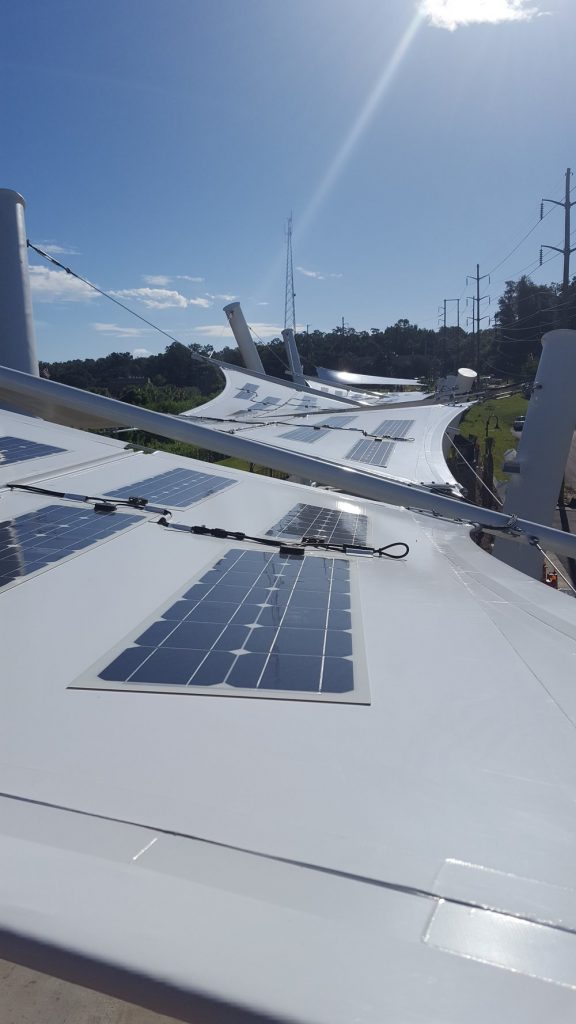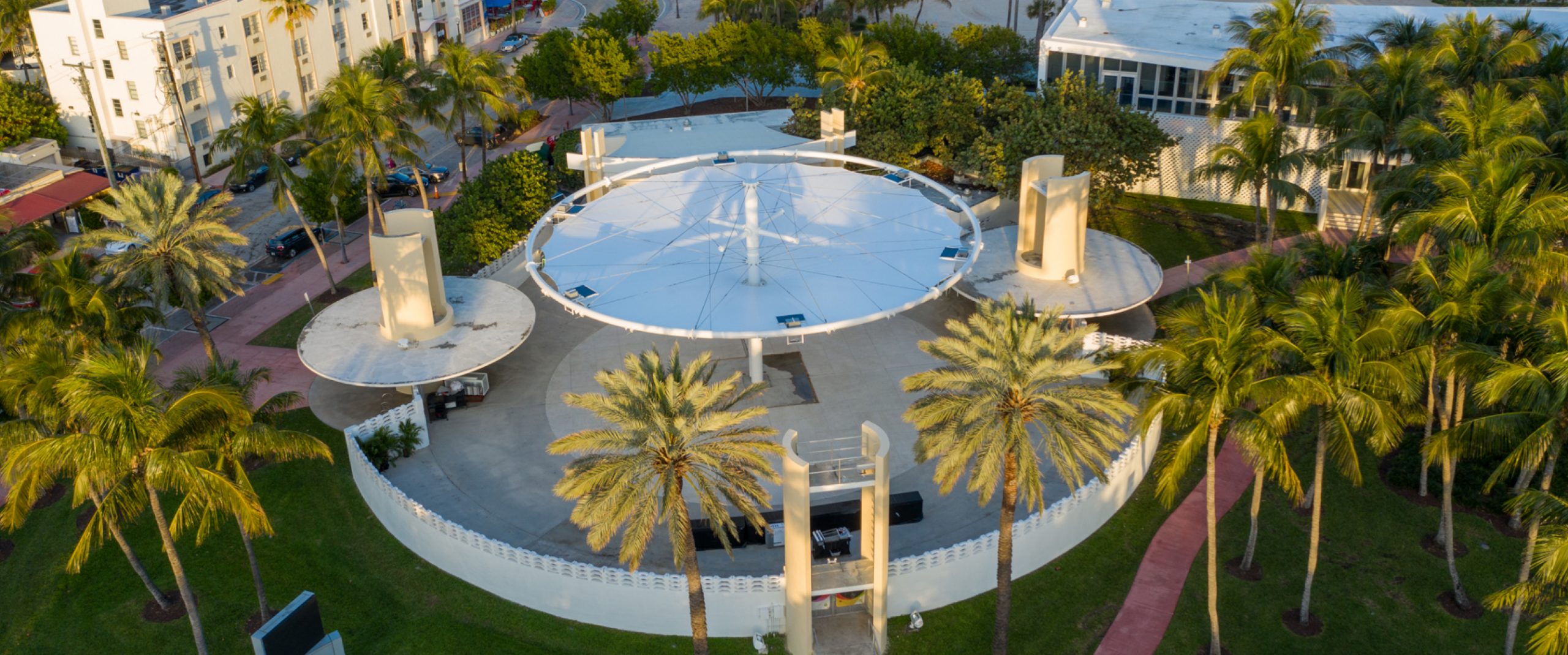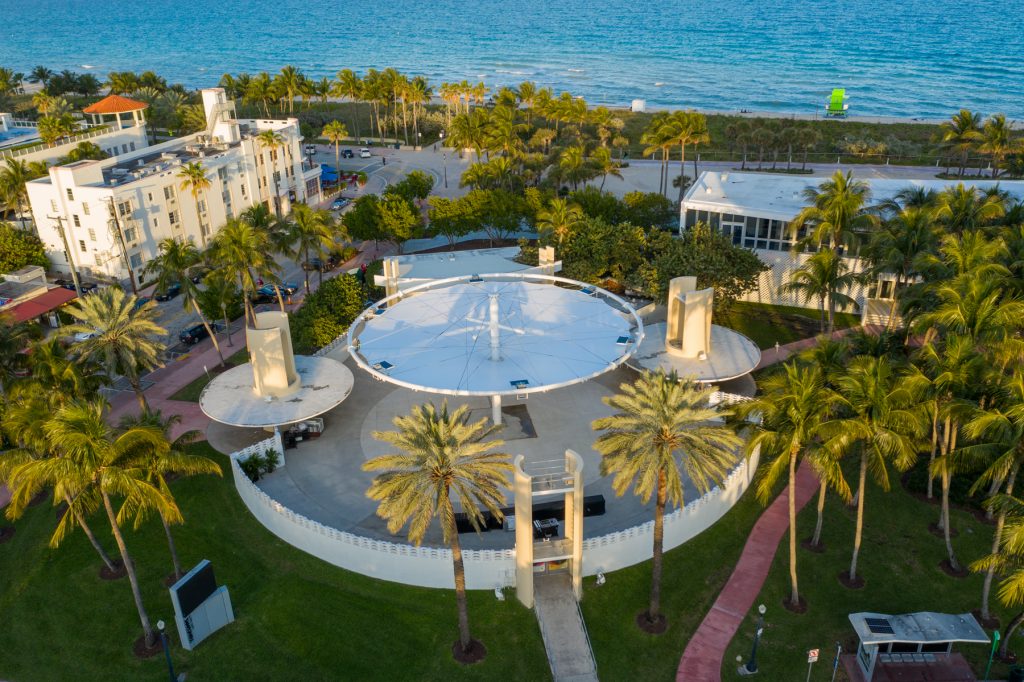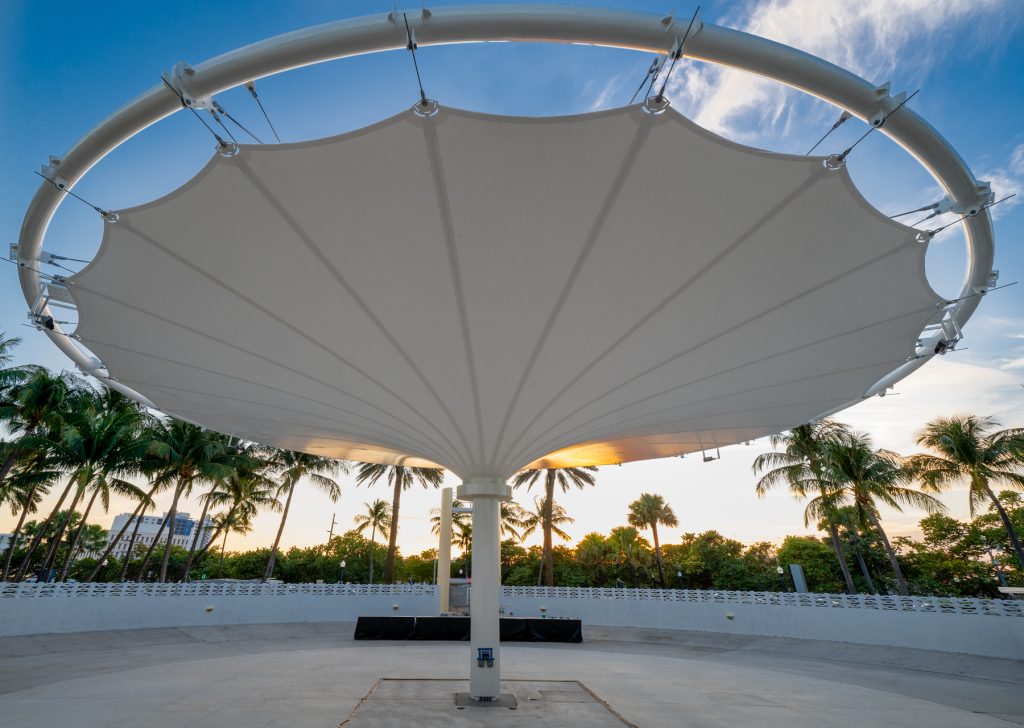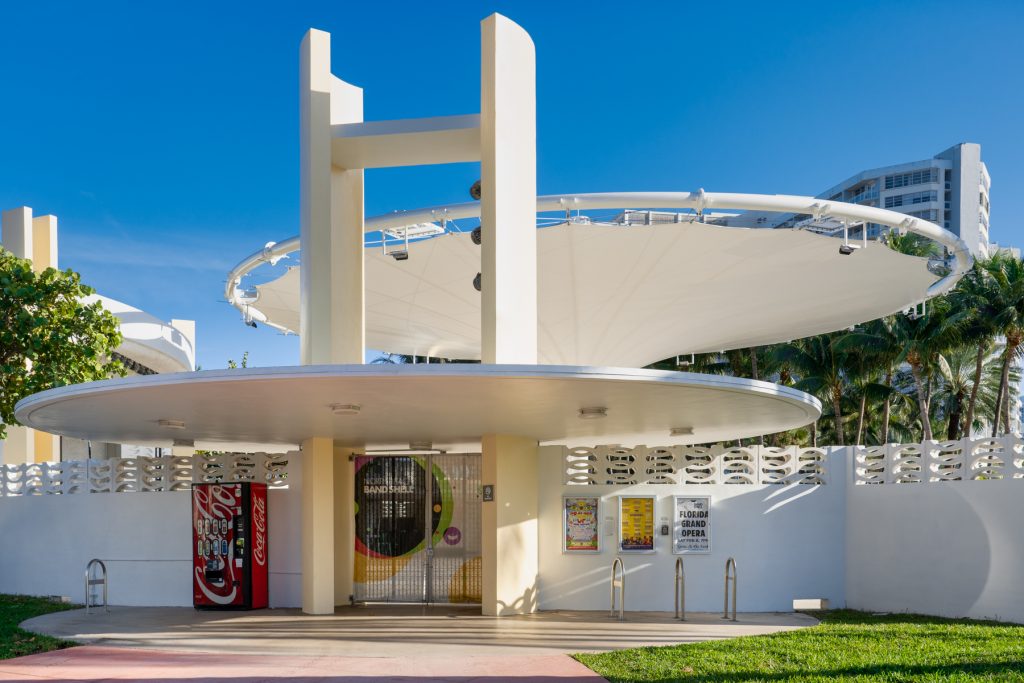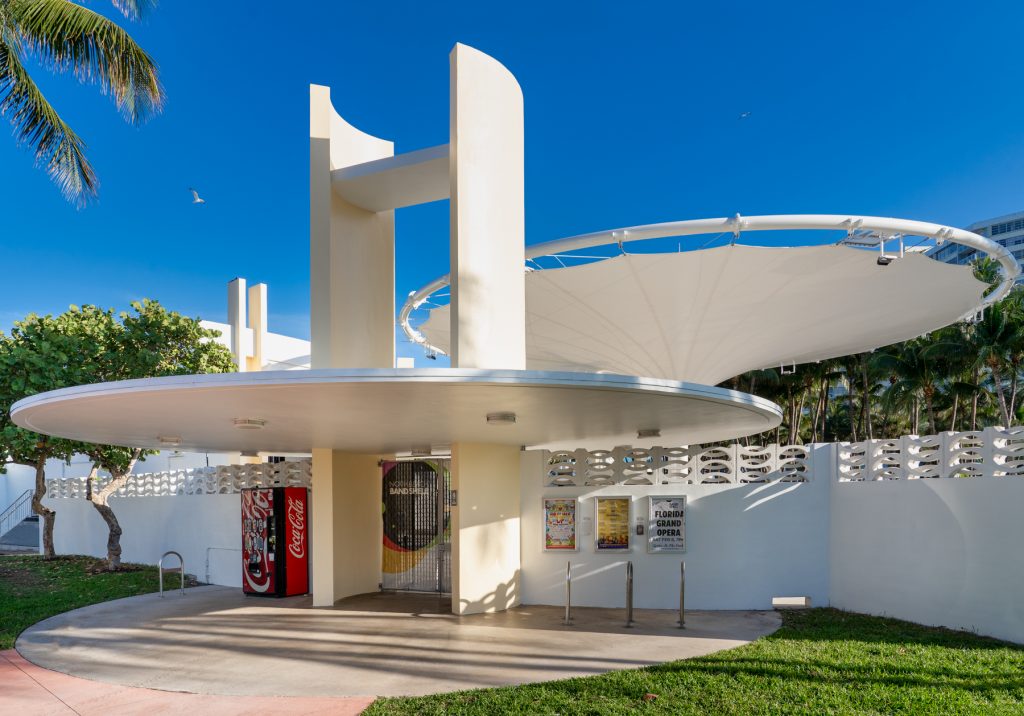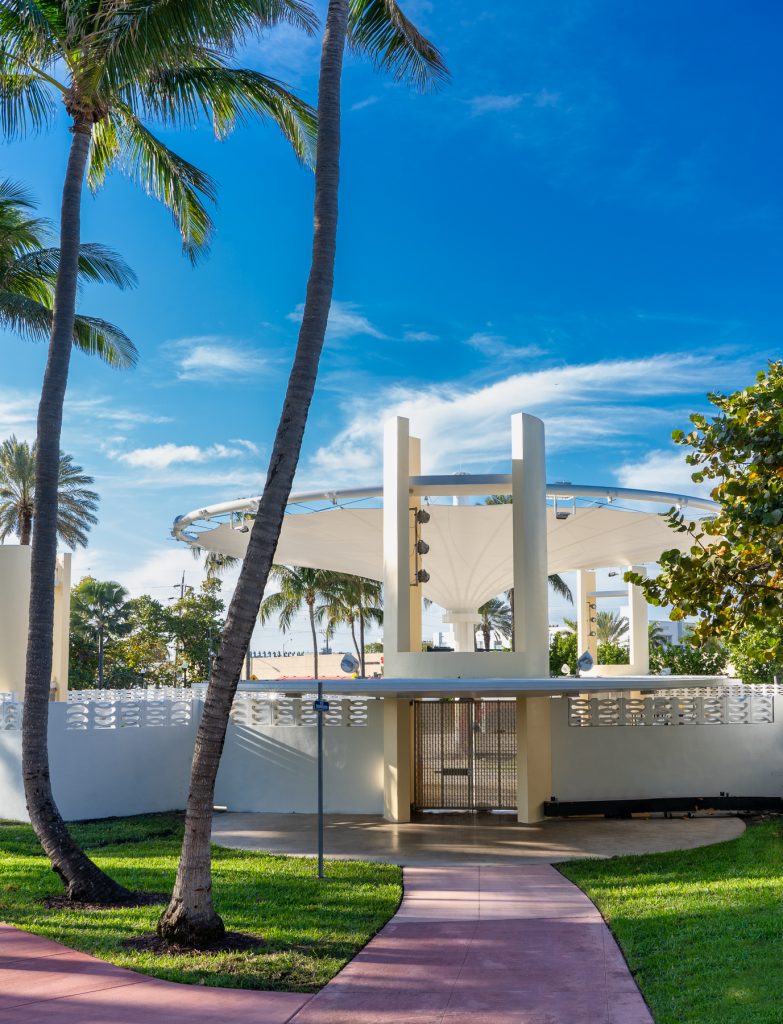August 1, 2023 | Julia Fowler
The solar pavilion will serve visitors of the garden on Manhattan’s Lower East Side.
NEW YORK – Aug. 4, 2023 – Daily Tech Geek — Pvilion, a Brooklyn-based solar fabric company, has designed, engineered, fabricated, and installed a custom solar powered fabric pavilion with rainwater harvesting systems in the La Plaza Cultural de Armando Perez Community Garden on Manhattan’s Lower East Side. The system encompasses energy storage systems, a device charging station, power for lights and equipment for live music events, a graphic educational dashboard display showing performance of the system, and 1500 Watts of solar panels. The structure can produce about 7kWh of solar energy on a typical day.
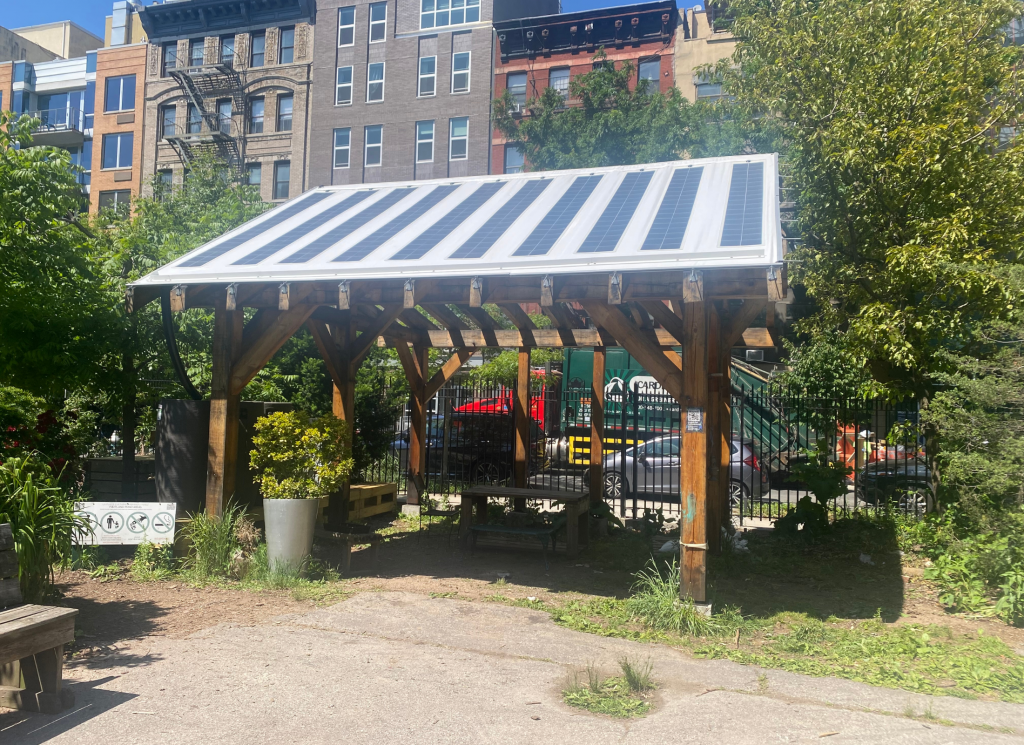
The solar powered fabric roof connects to a silent, clean battery storage system with 270-amp hours of capacity. It offers enough power to support lighting, tools, electric bicycles, cell phones, fans, and dozens of phones and laptop computers. The system also features a dashboard that educates visitors with a graphic display about the power being generated and consumed in real-time. The rainwater harvesting system features a water diverter that channels rainwater from the roof into three large basins that store the water for future use in the gardens.
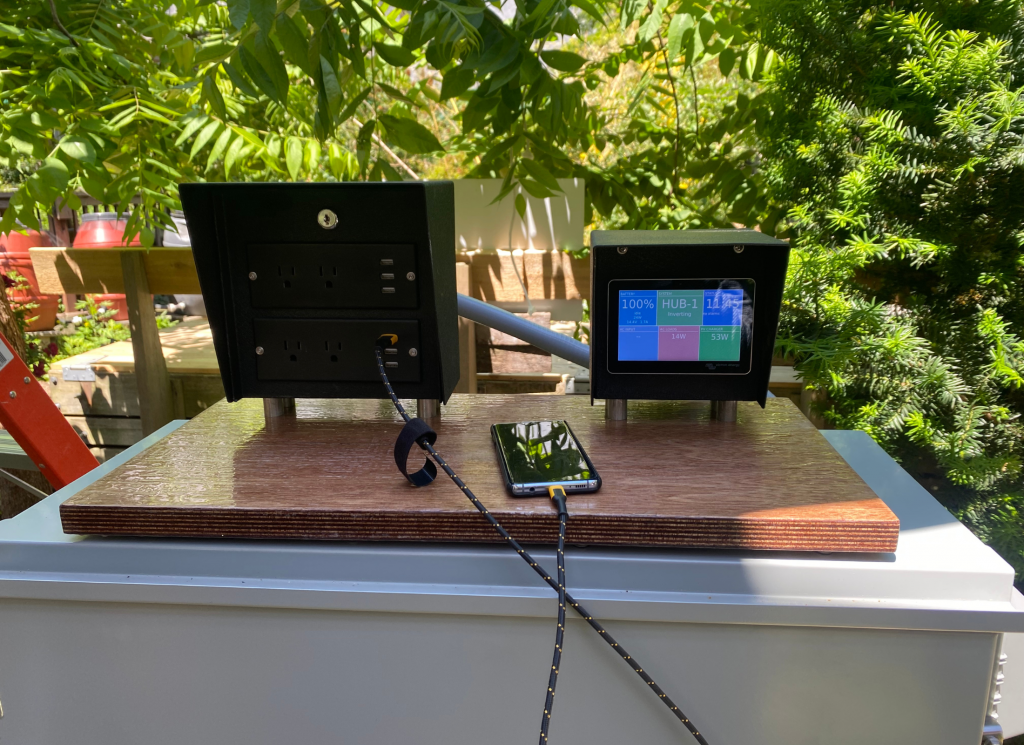
“La Plaza is thrilled to have collaborated with Pvilion to bring our solar vision to reality! Pvilion has been a delight to work with throughout the entire process,” said Ross Martin of La Plaza.
With the new addition of solar fabric roofing and power systems, the space now serves as a shelter for gardeners and guests during the day and a social center for events in the evenings. The space will also serve as a resiliency hub for the neighborhood if needed. With the added ability to provide amenities for the guests and users of the garden, it is equipped to better serve the community.
The structure originated as a simple 20′ x 20′ timber frame in the heart of the garden and is made of sustainably grown, horse harvested, and hand-hewn timber. It was erected entirely by hand by mostly volunteers. Ultimately, it will also feature a green roof, permeable paving, and removable sides, making it a truly unique example of green architecture in the city.
Pvilion’s solar powered pavilion is a long-awaited compliment to this beloved community garden in lower Manhattan. The garden plans to host a celebration inaugurating the solar pavilion soon.
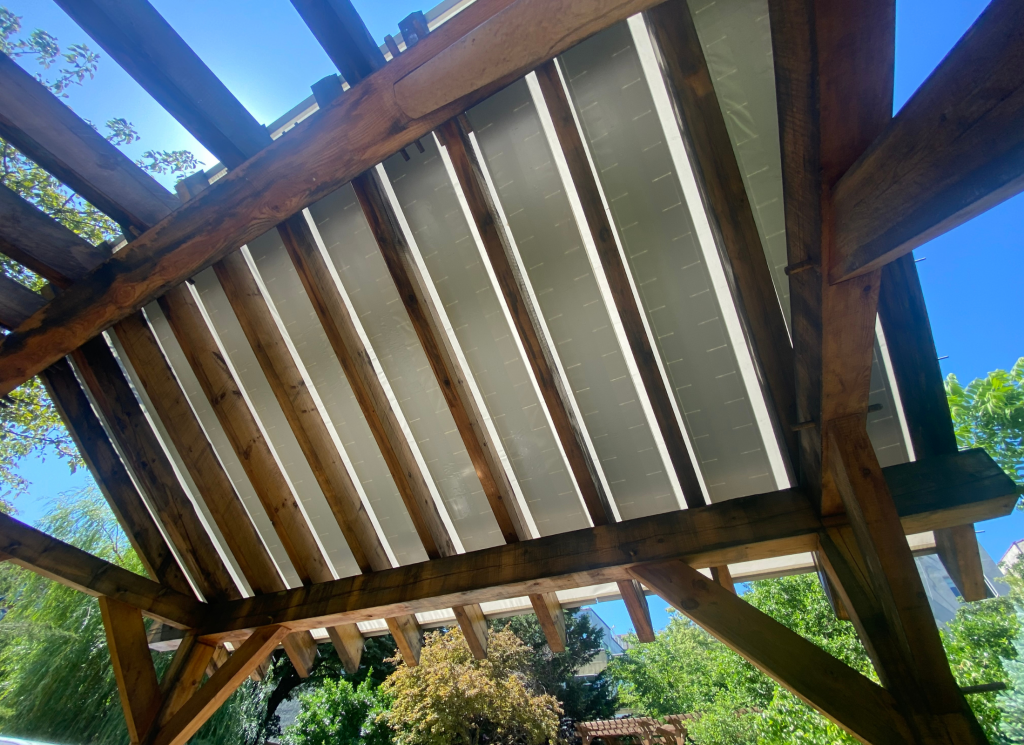
About Pvilion
Pvilion is a solar-based fabrics and tent company, who offers products that range from stand-alone solar canopies to solar military tents, grid-tied long span structures, solar powered charging stations, solar powered curtains, building facades, backpacks, and clothing. They are known for integrating solar cells with fabrics and building fabric products that can generate electricity. To learn more visit http://staging.pvilion.com/.
About La Plaza Cultural de Armando Perez Community Garden
La Plaza Cultural de Armando Perez is a community garden and park on 9th Street and Avenue C proudly serving Manhattan’s Lower East Side for nearly a half a century through food production, education, entertainment, and recreation. After decades of reclaiming abandoned lots, restoring damaged landscapes, and fighting development pressure from all levels of government, they are finally stable enough to focus on their dreams of being a much-needed hub and model for sustainable, regenerative, and resilient urban living. Their solar pavilion will enhance and facilitate this end, providing an indoor/outdoor space powered completely off grid, for gathering, workshops, and entertainment. To learn more visit https://laplazacultural.com/.
